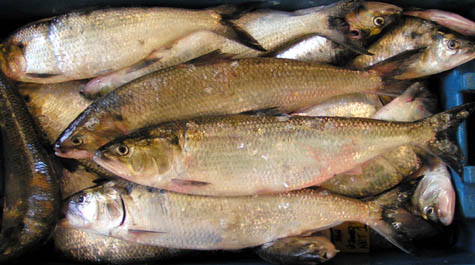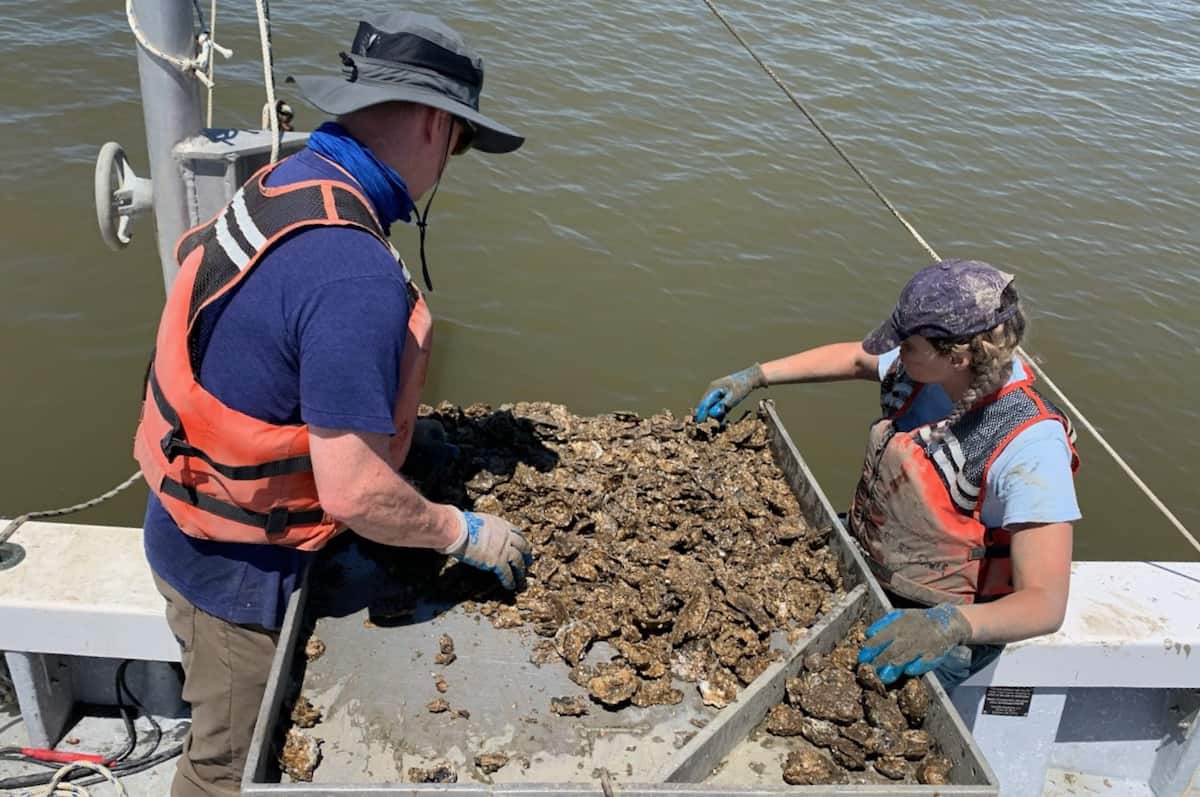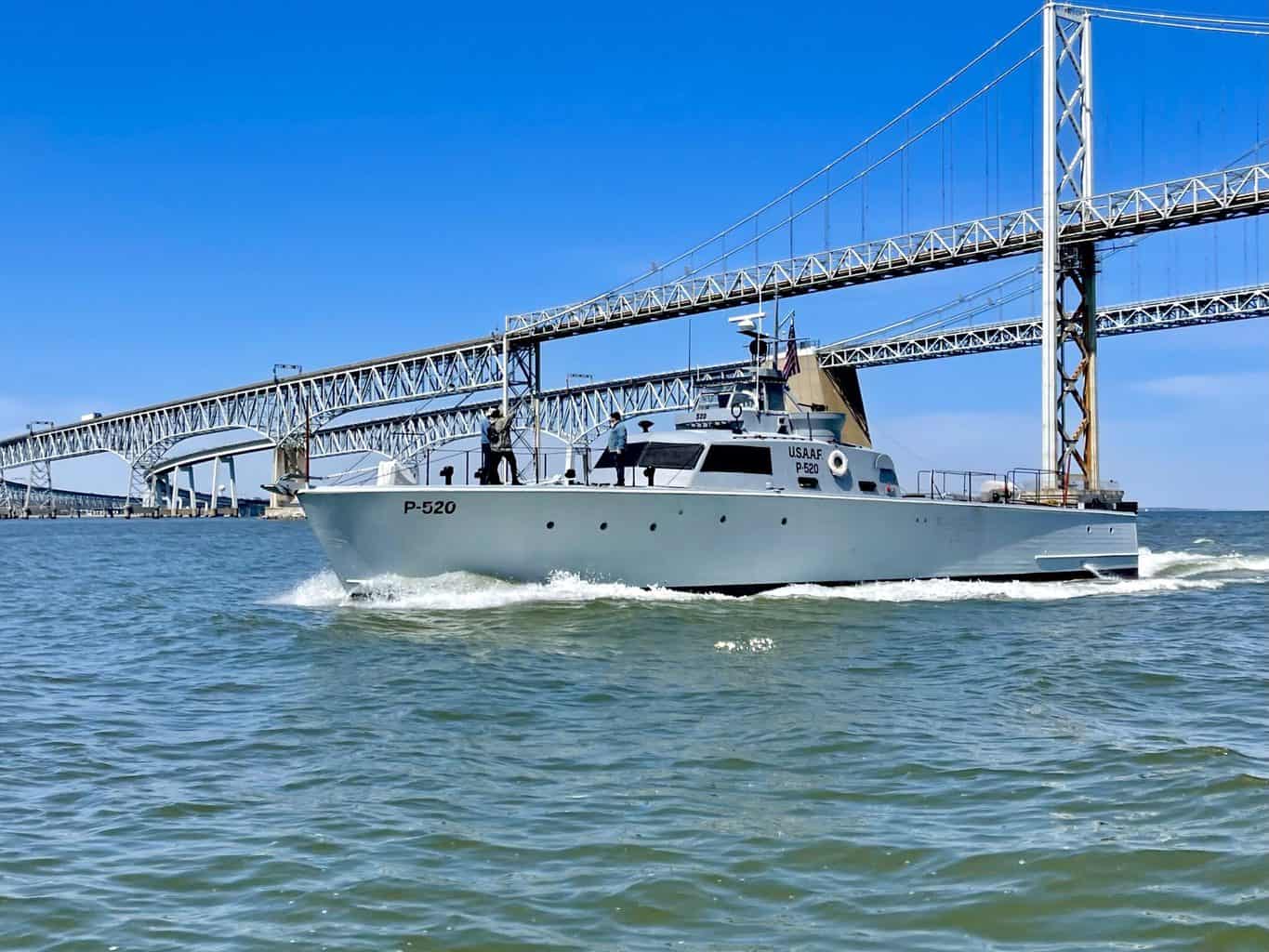The James River Association has released its 2021 “State of the James” report, and while the river holds steady with a B-minus grade overall, its findings on American shad are alarming, the report’s authors say.
The report, which is released every two years, recorded its first-ever score of zero for a river health indicator. That zero represents that the James River’s shad population is at less than one percent of its benchmark value.
The James River is known as America’s “founding river” because it was the site of the first permanent English colony at Jamestown and Virginia’s first colonial capital at Williamsburg. And American shad have been called the nation’s “founding fish”, because the then-abundant species fed the nation’s founding fathers. George Washington even fished shad by the thousands on the Potomac River and sold them.
On the James in 2021, the American shad population is at an all-time low.
James River Association (JRA) CEO Bill Street announced the discouraging results on Tuesday. “It really is pretty dire. “American shad, are on the brink of collapse on the founding river, so it is alarming.”
JRA links the decline to a number of factors, including dams blocking river passage, water withdrawals, predation by invasive catfish, and lack of underwater grasses for shelter. While the population dwindles to almost nothing on the James, other rivers are seeing the shad population rebuilt.
Street says, “Shad are threatened in different rivers up and down the East Coast, but we are seeing shad come back in some rivers, like the Potomac and the Rappahannock. While they’re nowhere near historic levels, they’re increasing.”
On the James, restocking efforts have been unable to gain any traction so far. ” From 1992-2017 there were significant stocking efforts, but as you can see it didn’t work. Shortly after the fish stocking occurred, the number plummeted once again,” says JRA Program Director Shawn Ralston.
The river advocacy group is calling for Virginia to develop an emergency recovery plan for the fish, asking for $290,000 in funding. American shad form an important link in the food chain, according to the Chesapeake Bay Program, and are a critical food source for striped bass—another Bay species in trouble.
The James River Association also finds its smallmouth bass population is down 15 percent, and the overall river’s health has stayed within a point or so of the last report. Street is clear in pointing out that the James “remains a river at risk,” saying, “We must stay vigilant to reach a healthy James River, for all it can provide to our communities.”
The 2021 State of the James report did bring some good news. Underwater grasses and oysters have both rebounded since 2018’s record rainfall caused die-offs. Today, the James is home to the largest self-sustaining oyster reef on the East Coast. 57,000 pounds of oysters were harvested in 2020, worth $9.4 million. That accounts for 1/4 of Virginia’s total oyster harvest, Ralston says.
The seafood industry continues to be important on the James, with seafood workers generating $14.4 million in 2020.
Street also notes some improvements to tidal water quality, saying these successes give JRA hope. “Improvements in tidal water quality and oysters demonstrate that if given a chance, the James can succeed.”
They are calling for full funding on several programs, including $361 million to mitigate agricultural runoff, $160 million in stormwater projects, and the aforementioned emergency restoration plan for American shad.
You can read the State of the James report card, with a score of 61%. The grade has remained in the B-minus range since 2015, but the 2021 overall score dropped one point from 2019 and two points since the recent high of 63%.
-Meg Walburn Viviano




